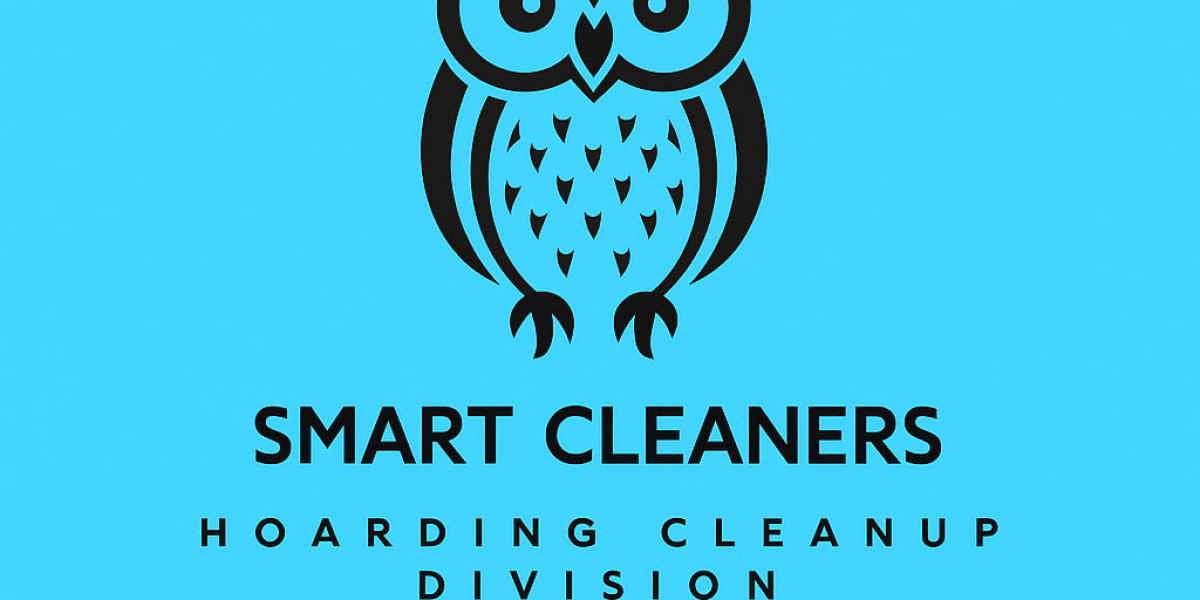Hoarding is a complex behavioral condition that affects millions of people worldwide. It is categorized into five levels of hoarding, ranging from mild clutter to extreme cases where living conditions become dangerous. Among these, Stage 3 hoarding represents a moderate but critical level where the home environment shows significant clutter, functional impairment, and health hazards. At this stage, intervention becomes essential to prevent the situation from progressing to more severe levels.
In this comprehensive guide, we will cover:
What Stage 3 hoarding means
Common signs and symptoms
Differences between Stage 1, Stage 2, and Stage 3 hoarding
Health risks and safety concerns
Emotional and psychological challenges
Effective cleaning solutions and professional services
Long-term strategies to overcome hoarding tendencies
What is Stage 3 Hoarding?
Stage 3 hoarding is considered the middle point in the five levels of hoarding scale. At this stage, clutter has spread beyond closets and storage areas, and it begins to limit mobility and the use of living spaces. Rooms lose their intended purpose because piles of possessions make them unusable.
For example:
A kitchen may no longer function properly because countertops and sinks are buried under clutter.
A bedroom may have piles of clothes, boxes, and objects covering the bed, forcing the individual to sleep on a couch or chair.
A bathroom may be partially blocked, limiting proper hygiene practices.
Unlike Stage 1 hoarding (mild clutter) or Stage 2 hoarding (noticeable disorganization) stage 3 hoarding disorder introduces sanitation issues, fire hazards, and safety risks that directly affect the hoarder’s health and quality of life.
Common Signs of Stage 3 Hoarding
Identifying Stage 3 hoarding symptoms is essential for early intervention. Here are the most noticeable signs:
1. Clutter Blocking Access
Large amounts of clutter begin to block hallways, staircases, and exits, creating safety hazards. Movement inside the home becomes restricted.
2. Rooms No Longer Serve Their Purpose
At this stage, rooms lose their original function. Bedrooms may not have usable beds, and dining rooms may not allow space for meals.
3. Sanitation Concerns
Garbage buildup in trash cans, sinks, and corners of rooms.
Odors from spoiled food, trash, or pet waste.
Presence of mold, insects, and rodents.
4. Safety Hazards
Clutter creates tripping risks.
Blocked electrical outlets and overloaded power strips increase fire hazards.
In case of emergencies, exits may be blocked.
5. Emotional Distress
People in Stage 3 hoarding disorder often feel shame, guilt, or embarrassment about their living conditions, avoiding visitors or social interaction.
The Difference Between Stage 2 and Stage 3 Hoarding
It is important to distinguish Stage 2 hoarding vs Stage 3 hoarding:
Stage 2 hoarding:
Mild clutter but still manageable
Rooms are functional but messy
Little to no sanitation issues
Stage 3 hoarding:
Significant clutter making rooms unusable
Noticeable sanitation and pest problems
Strong odors and potential mold
Visible distress when confronted about clutter
This transition marks a serious turning point, making Stage 3 hoarding cleanup more challenging than earlier stages.
Health and Safety Risks of Stage 3 Hoarding
Living in a Stage 3 hoarding environment poses serious risks:
1. Physical Health Risks
Respiratory issues from mold, dust, and allergens
Infections from decaying food and waste
Injuries due to tripping or falling over clutter
Risk of fire hazards
2. Mental Health Risks
Depression, anxiety, and isolation
Extreme stress and guilt when unable to manage clutter
Fear of losing possessions, leading to worsening hoarding behaviors
3. Social Risks
Strained relationships with family and friends
Avoidance of social gatherings at home
Legal issues if rental agreements or community health codes are violated
Stage 3 Hoarding and Mental Health
Hoarding is not just about clutter; it is often linked to mental health disorders such as:
Obsessive-Compulsive Disorder (OCD)
Depression
Generalized Anxiety Disorder
Post-Traumatic Stress Disorder (PTSD)
At Stage 3 hoarding, individuals may feel:
Overwhelmed by the thought of cleaning
Afraid of discarding items due to sentimental attachment
Trapped in a cycle of emotional distress and avoidance
Stage 3 Hoarding and Pets
Another overlooked aspect of Stage 3 hoarding disorder is the involvement of pets. Often, hoarders may own multiple animals but fail to provide proper care. This leads to:
Pet waste accumulation indoors
Odors and unsanitary conditions
Animal neglect or illness
Animal hoarding at Stage 3 and beyond is not only dangerous for the person but also harmful to the pets.
How to Clean a Stage 3 Hoarding Home
Stage 3 hoarding cleanup requires careful planning, patience, and often professional help. Here are the essential steps:
1. Assessment and Planning
A professional hoarding cleanup service will assess the home to identify:
Safety hazards
Priority areas for cleaning
Level of professional equipment needed
2. Sorting and Decluttering
Separate items into categories: keep, donate, recycle, or discard.
Use a room-by-room approach to avoid overwhelm.
3. Deep Cleaning and Sanitization
Removal of garbage and spoiled food
Professional mold removal if required
Pest control treatments for insects or rodents
Full sanitization of surfaces and air purification
4. Safety Repairs
Unblock fire exits and doorways
Check electrical wiring for safety
Repair any structural damage caused by clutter
Professional Hoarding Cleanup Services
At Stage 3 hoarding, the situation is often too severe for a person or family to handle alone. Professional hoarding cleanup companies provide:
Trained staff to handle biohazards
Compassionate and discreet services
Heavy-duty cleaning tools and safety equipment
Waste removal and sanitization
Hiring a hoarding cleanup service near you can help restore the home to a safe, livable condition.
Emotional and Therapeutic Support
Cleaning a Stage 3 hoarding house is only one part of the solution. Long-term success requires mental health support. Options include:
Cognitive Behavioral Therapy (CBT) for hoarding disorder
Support groups for hoarders and families
Medication if linked to underlying mental health conditions
Long-Term Strategies to Prevent Relapse
Overcoming Stage 3 hoarding disorder is a journey that requires continuous effort. Some strategies include:
Regular decluttering routines
Setting limits on purchases and storage
Seeking ongoing therapy and counseling
Having a support network of family or professionals
Frequently Asked Questions About Stage 3 Hoarding
1. Is Stage 3 hoarding dangerous?
Yes, it poses serious health, fire, and safety risks due to clutter, sanitation problems, and blocked pathways.
2. Can a Stage 3 hoarding home be cleaned?
Absolutely. With professional hoarding cleanup services and proper planning, a Stage 3 home can be restored.
3. Does Stage 3 hoarding always require professional help?
In most cases, yes. The extent of clutter, sanitation issues, and safety hazards makes professional assistance necessary.
Conclusion
Stage 3 hoarding is a critical stage in the five levels of hoarding, where clutter significantly impacts health, safety, and daily living. It is no longer just about disorganization—it introduces serious risks such as unsanitary conditions, fire hazards, and emotional distress.
Addressing Stage 3 hoarding disorder requires a multi-step approach:
Professional hoarding cleanup services
Emotional and therapeutic support
Long-term strategies to maintain a safe and clutter-free home








